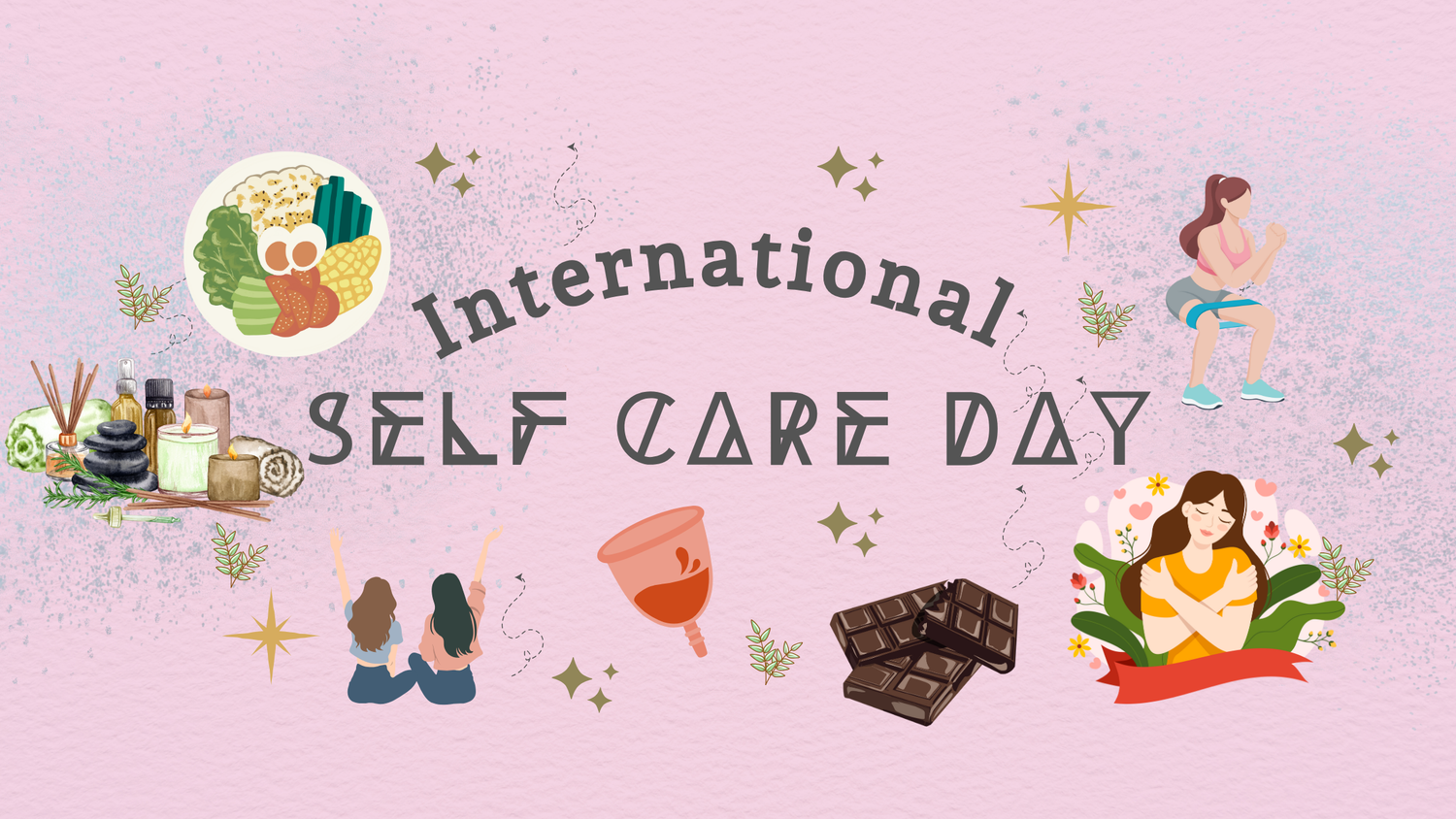No More Minimising Women's Pain: The CDC Takes a Stand
The medical world is witnessing a gradual, yet crucial shift towards greater acknowledgment and understanding of women's health concerns. For too long, women's pain and symptoms have been dismissed, minimised, or even flat-out ignored. However, a recent update from the U.S. Centers for Disease Control and Prevention (CDC) offers a glimmer of hope. The CDC's new recommendations for managing pain during IUD insertion signal a growing awareness of the necessity for patient-centered care.
The Prevalence of Pain During IUD Insertion
Intrauterine devices (IUDs) are a highly effective and popular form of long-term birth control, yet the insertion process can be a significant source of pain for many women. Descriptions range from "excruciating" and "agonising" to "debilitating." This discomfort can deter some women from choosing this method of contraception, even if it might be the best option for them.
The pain experienced during IUD insertion can be attributed to various factors, including:
- Cervical dilation: The cervix needs to be slightly dilated to allow for the insertion of the IUD, which can cause cramping and discomfort.
- Uterine sensitivity: Some women have a naturally more sensitive uterus, making the insertion process more painful.
- Anxiety and tension: Anticipation and anxiety about the procedure can also contribute to increased pain perception.
The CDC's Updated Recommendations
Recognising the need to improve the experience for women undergoing IUD insertion, the CDC has issued new recommendations for clinicians. These guidelines emphasise:
- Individualised Pain Management: It's recommended that healthcare providers have thorough discussions with patients about their individual pain tolerance and anxiety levels before the procedure. This allows for the creation of a personalised pain management plan that may include over-the-counter pain relievers, topical numbing agents, or even cervical blocks in some cases.
- Patient Comfort and Control: Creating a supportive and comfortable environment for patients is paramount. This could involve offering relaxation techniques, ensuring privacy, and allowing patients to have a support person present during the procedure.
- Clear Communication: Open communication between healthcare providers and patients is key. Clinicians should explain each step of the procedure, answer any questions, and encourage patients to express any discomfort they may be experiencing.
The Importance of Patient Advocacy
While the CDC's updated recommendations are a positive step forward, it's crucial for women to continue advocating for their own health and well-being. This includes:
- Openly communicating with your healthcare provider: Don't be afraid to express your concerns about pain or anxiety regarding the IUD insertion process. Ask questions, request a pain management plan, and discuss any previous experiences you've had.
- Doing your research: Be informed about different IUD options, insertion procedures, and potential side effects. This will help you make an informed decision and feel more confident about your choice.
- Seeking a supportive healthcare provider: If you feel dismissed or unheard by your current provider, don't hesitate to seek a second opinion or find a clinician who is more understanding and receptive to your needs.
The Ripple Effect
The CDC's acknowledgment of pain associated with IUD insertion and their call for improved pain management practices is not only significant for women's reproductive health but also for healthcare as a whole. It sets a precedent for more compassionate and patient-centered care, encouraging healthcare providers to listen to their patients' concerns and prioritise their comfort.
This shift can have a ripple effect, leading to greater trust and communication between women and their healthcare providers. As women feel more empowered to advocate for themselves and have their concerns taken seriously, it can pave the way for improved care across all areas of women's health.
CDC Guidelines: Acknowledging IUD Pain, Empowering Women
The CDC's updated recommendations on IUD insertion pain management represent a small but significant step towards a more equitable and patient-centered approach to women's healthcare. While there is still a long way to go in addressing the systemic issues of dismissal and gaslighting that women often face, this change signals a positive shift in the right direction. By continuing to advocate for ourselves, seeking supportive healthcare providers, and demanding better care, women can play an active role in shaping the future of their own health and well-being.





